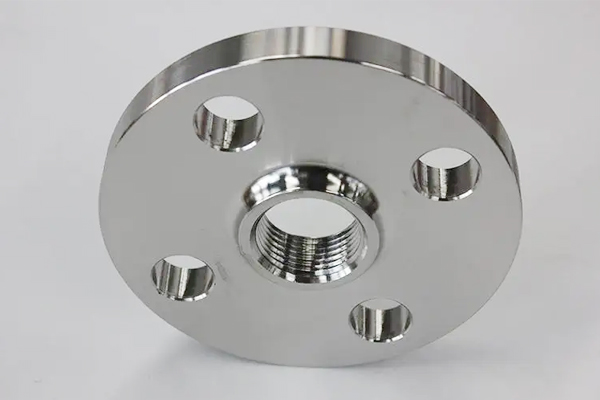The advantages of stainless steel flanges are introduced
(1) Stainless steel flanges have low hardness and good toughness data, such as low carbon steel and aluminum alloy. It has low hardness and good toughness. It is difficult to cut chips and easy to form chips during cutting, which affects the quality of the surface. Therefore, stainless steel flange data processing usually uses large Angle, high speed cutting or large rake Angle, low speed cutting and cutting fluid cutting. The chip breaker groove can be ground on the tool and the grinding quality of the cutting edge and cutting surface can be improved. In addition, low carbon steels are stopped to normalize the grains to be refined, and aluminum alloys are used to increase the hardness of the material and improve the machinability of the material through cold deformation.
(2) high strength steel and poor toughness of stainless steel flange materials, such as high carbon steel, carbon tool steel and cast iron, with high hardness and poor toughness of materials. They have large cutting forces, high power consumption, and cutting tools are prone to wear. Therefore, this type of data is typically processed using YG, YT and YW carbide inserts with high wear resistance, smaller rake and main deflection angles, and lower cutting speeds. In addition, gray cast iron with "white" can stop annealing at high temperature. Annealing and treatment of hard malleable cast iron, high carbon steel and carbon tool steel can reduce hardness and improve machinability.
